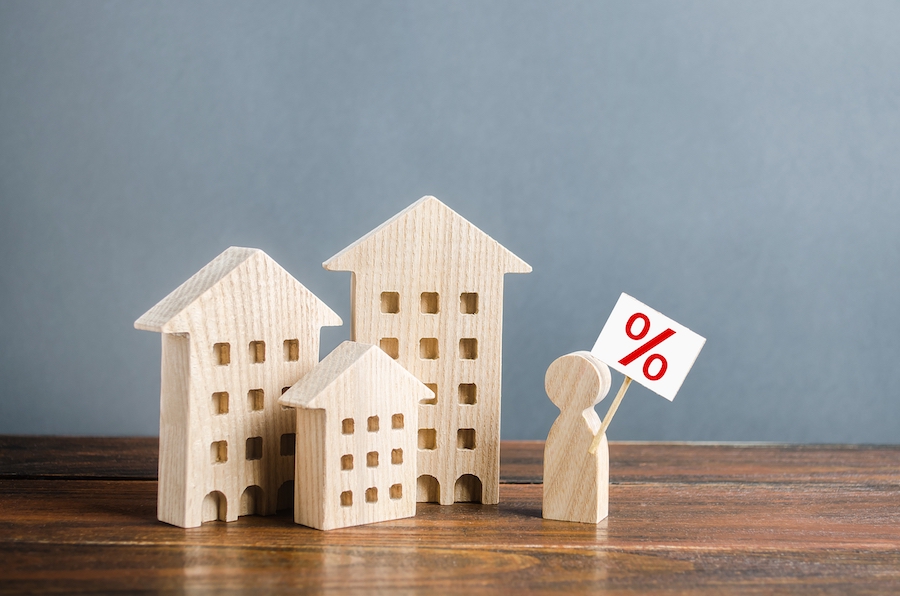There Is Room For Improvement
If you thought today’s mortgage rates were high, guess again. With Canada’s interest rates rising, it’s easy to go into full panic mode. The current prime rate – the rate banks and lenders use to determine interest rates for loans and lines of credit – is at 3.70% and will continue to rise. But, this isn’t even close to what the rates were like in the 70s or even 20 years ago.
Even though rates today are higher than they have been in recent years, they are still low when you compare them in a long-term context. Keep in mind that Interest rates are a reflection of the country’s economy and current global situation. So, with every major change in global politics, or certain events – the value of money will change, even for a bit.
That’s the situation we’re currently in – the pandemic and certain political events have caused major inflation on a global level and changes in mortgage rates are bound to happen.
But that doesn’t mean the negative effects of these events are here long-term. The economy has already been through a similar state, with average interest rates for a five-year mortgage being as high as 21.46 percent in 1981! Let’s compare.
The History Of Interest rates In Canada
For example, the most popular rate in Canada is the five-year fixed mortgage rate. According to Statistics Canada, this is the mortgage type that accounted for about half of the existing conventional mortgages.
Currently, if you were to opt for a conventional five-year mortgage rate, your interest rate would come to about 6.04 percent. If you did the same forty years ago, in July 1982 – that rate would have been 19.22 percent! Why is that?
The recession, mainly. In 1981, the Bank of Canada raised its benchmark lending rate to a whopping 21% for various reasons: the mentioned recession, the Iranian Revolution which affected oil production, etc.
After that, the average five-year fixed rates have generally moved downwards, but we’re far from the worst. Now, the average rates are about as high as they were during the Great recession in 2007. And we all remember how bad that was.
However, even after that recession, we managed to lower the interest rates to about 3.5% just a year ago. That means that, depending on future events, the interest fees could go back to “normal” as we know it and settle down.
Sure, now is a scary time for some people that just dipped their toes in the home-buying waters. Higher rates might happen. However, the best thing for you to do now is to extend your amortization period, according to Kelly Wilson.
As she stated for the Canadian Press – yes, you will pay interest for a longer period, but it could make room for some debt paying or retirement savings, because “It’s still cheaper borrowing than anywhere other place you can borrow.”
Share this article
Kelly Wilson
Kelly Wilson, a top national mortgage producer, has dedicated 19 years to customizing financial solutions for clients across Canada. Her strategic approach has facilitated over $1 billion in mortgage funding. Starting her real estate investment journey at 21, she now holds $11 million in assets. Kelly's mission is empowering clients to achieve financial freedom and sustainable wealth.




